Nicola Bulley and the BAE Connections.
Such was the crass incompetence exhibited, it is no wonder that social media has been awash with expressions of disbelief and dissatisfaction. If there were any justice in the world it would be a resigning issue for the Lancashire Crime Commissioner down!
Issues and questions obvious to the general public, have never been properly addressed or answered. The opportunity to do so afforded by the Coroner's Inquest was wasted, leaving the impression it was more concerned with confirming the Police theory of events, than independently submitting it to rigorous examination.
Without a shred of reliable evidence, indeed with all the evidence pointing in the opposite direction, a finding of 'accidental death by drowning', on the day she went missing, was returned, which has now become the official explanation, despite its implausibilty.
No its impossibility!
Public lack confidence in Inquest
The public clearly has no confidence in the police investigation and conclusion, or the Inquest proceedings and verdict. The Inquest has been described as a 'white wash'.
Such is the leap of faith or irrationality required to concur with it, that other explanations of a more sinister and conspiratorial nature have to be sought.
The issues of incompetence may have focused on Lancashire but they certainly don't stop there. They have national significance because they yet again reveal, that as a population, we can have little faith in the police, or even the Coroner's Inquest, to get to the truth of unexplained deaths.
Nor will the public rest or be reassured, until the case has been properly examined by an unimpeachable, competent, outside body.
A vulnerable person response.
It is clear that the police initially approached Nicola's disappearance as one of self-harm. They immediately classified her as a 'vulnerable person', which explains why and unusually, they swung into action with immediate effect. Amazingly, given that missing persons are often treated in a rather relaxed fashion, they were apparently on scene within half an hour of Nicola's partner reporting her missing at 11 a.m. It is still not altogether clear whether anyone else reported her missing to the police. That fact alone is surprising.
The downside of this was that they never seriously entertained the possibility of foul play, nor third party involvement. The investigation was blinkered from the start, although this was denied. However the facts speak for themselves.
The alleged disappearance site was never treated as a crime scene. There was a haphazard approach to items and people. What is even more startling is the fact that, despite all the mounting circumstantial evidence of foul play, this was still not taken into account twenty three days later when her body was recovered. Again no crime scene was created, nor does it appear a pathologist was in attendance. Doubt has even been cast on whether the individuals involved in the operation were even police officers!
Family disturbance 17 days before.
The approach of the police to the circumstances of the disappearance had undoubtedly been influenced by what had gone before, specifically that an ambulance, social worker and policeman had been called to the Bulley Inskip home on the 10th January prior, owing to 'an incident', the details of which, though relevant to the subsequent developments were never inquired into at the Inquest.
This is surprising given their influence over police perceptions and approach to her disappearance. Clearly the events on that day must have been considered serious for such resources to have been requested (apparently by Nicola's sister) and deployed. (Ambulance with para medics. Social worker. Policeman) Had Nicola or anyone else been physically injured then? We do not know because the questions were not asked at the Inquest despite their relevance.
Had there been a violent altercation between Nicola and her partner? Were either of them or anyone else injured? Was anyone under the influence of alcohol? Did Nicola make threats to herself, her partner or children? Why did her sister think it was serious enough to call the police and them to activate a multi agency response? Importantly what was the underlying cause and why was this central event not enquired into by the Coroner?
Paul Ansell passed it off as a 'blip'. In fact a second one following an earlier one at Christmas. We know there were problems with the jointly owned business. What other financial or personal issues might have been the cause of the outburst? Perhaps things at home were not quite as rosy as was later portrayed?
Is it significant that both Nicola's partner and sister broke down at the Inquest and had to be excused, never to return? This despite a stoic, not to say unemotional, appearance in all previous interviews. This appears a tad contrived and convenient I would suggest. Was it to cut the attendance short and/or avoid embarrassing questions?
Suicide ruled out.
At least the Inquest ruled out the possibility of suicide. Alcohol and prescription drugs were said to be within normal limits. Nothing in her behaviour or actions suggested self-harm on the day. There was no note and those that saw her, state she was acting normally. She was familiar with the area and was following normal practice and route.
Family members stated she would never have deserted her dog. Only minutes before she went missing she made arrangements with a friend. If she had intentionally gone in the river, it is unlikely she would have placed her phone on the bench. Her two daughters were at the school. Would she have abandoned them without a word?
If suicide is ruled out, only accident or involvement of a third party remain as explanations. Contrary to the finding of the Coroner, an accidental fall into the river is contra-indicated by not one but many factors.
Drowning at bench impossible!
As I have said, Nicola knew the area well. She had walked the self- same route on innumerable occasions. She knew the bench area. She was familiar with the bank. What would have persuaded her to go down it? Even if she had, it is quite shallow at the edge. She would have quickly retrieved the situation and climbed out. If she had fallen in by accident she would have still been holding the lead and phone. She would not have left them where they were found.
Even if despite all this, she had still by some incredible chance gone beyond the shallows into the depths, this is not a child or adolescent but a mature and capable swimmer. I do not believe the shock of the cold would have instantaneously disabled and rendered her unconscious, as was claimed at the Inquest and accepted as fact by the medically qualified Coroner.
Not only was she used to being submersed in water, having aquired the skills of breathing under water but she was wearing clothes, that for a significant period would have mitigated to some extent, the shock of the cold, acting as an insulator until completely sodden. They may also have provided additional buoyancy.
No evidence was given at the inquest as to the characteristics of her clothing and their consequence as to body temperature or buoyancy. As far as I am aware no tests were carried out either. What is clear is that quite contradictory evidence was presented.
No hard evidence, only theory and supposition.
I say evidence, but in fact it was supposition and theorising and contradictory theorising at that. One 'expert' suggested she died from shock immediately and sank to the bottom, whilst the policeman put forward the theory she floated on the surface at the speed of the current - about walking pace. Both cannot be true and neither are likely.
Of course these were pure speculation with nothing concrete to support them, but either of them would have had quite different outcomes. Not only was there no direct witness evidence she had fallen in the river, the experts' opinion on what may have happened if she had, was far from definitive. In the North Atlantic, at the time of the Titanic sinking, some survived for an hour in even colder water. Note the suggested survival time in the table below.
The survival tables, even if accurate, are dependent on many variables of temperature, time, age, experience, physiological and response factors. How the experts could be so certain regarding Nicola's response in the water causing an instantaneous demise beats me, even if she had in fact been there. Much more likely she would have survived long enough to survive, float or swim, shout or scream and get out again.
Survival Times in Cold Water Without Protective Clothing
Water Temperature | Loss of Dexterity | Exhaustion or | Expected Time of | |
Degrees C | Degrees F | with no protective clothing | Unconsciousness | Survival |
0.3 | 32.5 | Under 2 min. | Under 15 min. | Under 15 to 45 min. |
0.3 to 4.5 | 32.5 - 40 | Under 3 min. | 15 to 30 min. | 30 to 90 min. |
4.5 to 10 | 40 - 50 | Under 5 min. | 30 to 60 min. | 1 to 3 hrs. |
10 to 15.5 | 50 - 60 | 10 to 15 min. | 1 to 2 hrs. | 1 to 6 hrs. |
15.5 to 21 | 60 - 70 | 30 to 40 min. | 2 to 7 hrs. | 2 to 40 hrs. |
21 to 26.5 | 70 - 80 | 1 to 2 hrs. | 2 to 12 hrs. | 3 hrs. to indefinite |
Over 26.5 | Over 80 | 2 to 12 hrs. | Indefinite | Indefinite |
from Local Knowledge—A Skipper’s Reference by Kevin Monahan
If on the bed of the river, it is unlikely the body would have moved significantly; if floating semi-submerged, the body would have been unmissable to the people in the vicinity and anyway would not have passed over the weir, the majority of the body well below the surface. Even in the unlikely event of crossing the physical barrier, the body would have grounded in the shallows beyond it.
Why were the 'experts' so certain Nicola died instantly?
It is relevant to ask how these experts were chosen and if any inducements were offered or pressure brought to bear to encourage them to say what they did?
Without any caveats or reservations, they were certain Nicola died instantly. Without any previous involvement in the case, their opinion was sought, whilst a recognised expert, Peter Fauldon, who had been intimately involved in the search, was not called to give evidence - presumably because it might have been expected he would disagree? The opinions they gave were never questioned or tested. Remarkably supposition was treated as fact.
This appears remarkably like manipulating the evidence to obtain a pre-ordained result and the very opposite of public justice in action.
The two experts chosen were not local and had to come some distance. No doubt they claimed their expenses. Did they also charge a fee for their time? Would it not be in the public interest to know what the cost was, given it was public money expended for the purpose? Of course there is nothing illegal or untoward regarding claiming either expenses or fee, but would they have been invited if their opinion had not supported the police view? What's that old addage about 'he who pays the piper calls the tune'?
No testing of the theories.
Of course all these issues could have been tested with an object designed to closely replicate a body but unforgivably this was not done. Belatedly police divers waded in the water above and below the weir in an unscientific manner with inconclusive results - apparently at the request of the Coroner weeks later. If it had, the river drowning hypothesis could have been quickly disproved and an alternative line of enquiry pursued.
Nor at any stage did police attempt a recreation of Nicola's movements on the day or stop and question motorists a week later as is often done in murder cases. Incredibly, their appeal to motorists was for a time (9.15 am) when they said they knew Nicola was in the field and so could not have been seen on the road anyway. Why did they choose a time that was bound to prove futile for sightings?
Subsequently Supt. Sally Riley admitted that Nicola could have left the site the way she came as this was not covered by CCTV. This directly contradicted an earlier assurance by Det Supt. Smith, that the river was the only feasible explananation as she was sure she hadn't left by any other route. https://www.mirror.co.uk/news/uk-news/nicola-bulley-could-used-path-29169230
Detailed search proved she wasn't in the river on 27th January.
However, the most persuasive and conclusive evidence she had not gone in the river on the day she disappeared was provided by the extensive yet futile search of the river along its whole length. Not by one but two groups of highly qualified and experience personnel - one police, one private - not once but on several days over a period of weeks. The search included cadaver dogs both in a boat and on land that without doubt, would have detected a decomposing body.
For any sensible reasonable person, this was conclusive proof she was not in the river at that time.
As to the suggestion she may have been in reeds or skagged on branches and thereby missed by innumerable searchers on innumerable days is beyond ridiculous. Nor if that was the case, does it explain how on the account of an alleged 'Professional Psychic' the body could be seen floating freely midstream 23 days later.If she had fallen in, her dog would have undoubtedly followed. It liked going in the water and was used to it. Yet the dog was dry and did not bark at the water's edge but reportedly ran between the bench and the gate or fence. Witnesses also say they heard a dog barking, yet not when it was discovered some time after 9.33 am. Was that when she was being assaulted?
Significantly the lead was missing and has never been located. Did the police not find that significant? If the lead was not in the river it must have been removed by someone, who in turn must be considered a suspect. Apparently Mr Jones with his wife walked Willow towards Allotment Way a little after 10.15 am and then brought it back again, to be collected by Paul Ansell and returned to Inskip in his car about an hour later.
FitBit Evidence
Finally we have the conclusive proof of the worn Fitbit.
No one knows or can explain why this crucial evidence did not see the light of day until the Inquest, some five months after it was recovered. Clearly the circumstances surrounding it and the information it provided was treated in a desultory fashion.
Why was it not sent to the manufacturers for analysis? Why were they not consulted and called as witnesses? Why if crime and a third party had been definitively ruled out was its information treated so secretively and the information it revealed, withheld from the public for so long?
Most alarming and disconcerting is the fact that even the Police's own witness stated that although there was no 'footstep' data after 9.30 am, heartbeat monitoring continued after that time and intermittantly for up to eight days after she went missing!
Yet this significant fact was blithely dismissed with a frankly ludicrous explanation that it was caused by the passage of river water, ludicrous because the Wyre is never fast flowing and in any event a floating body would move with the current unless stationary.
There are other concerning aspects to the fitbit and how it was treated by both police and Coroner. Only a couple of days prior to her disappearance, it was disconnected from the Internet despite years of being so connected. There seems to have been no effort to discover why and by whom this was done, but how can it be regarded other than highly suspicious?
The battery kept working for eight days but no evidence was given whether this was normal and crucially whether submersion in water of 3 degrees celsior would have affected it. Members of the public have stated it would not work that long at that temperature. The test would be relatively simple, should have been carried out and been reported but none of these essential steps were taken.
If either battery or micro electronics are affected adversely by submersion in cold water, it could prove she could not have been in the water for at least the first eight days. Why wasn't this established? Why was this issue not properly inquired into by police or Coroner? And why in his written summary did the Coroner not even consider it worth a mention?
And if in fact the heart pulse information is reliable and continued well after 9.20 am, indeed sporadically for eight days, it effectively disproves the adopted theory that she died almost immediately on supposedly entering the cold water at that time.
It is literally incredible that in his official summary, the Coroner does not even mention the continuing heart beat recording, let alone expressing any misgivings about what it indutably suggests. What a dereliction of duty?
And then there is the notable increase in heart rate to 100 bpm at 9.22 am. It is explained by Dr Adeley as indicating the precise time she fell into the river, despite the lack of evidence to that effect. He completely ignores other possible causes, such as shock, mounting apprehension or increased exertion, or the fact that heartbeat is recorded well after the supposed time of her death.
Other men and screams ignored
One witness even reported seeing a man close to her but this also was disregarded as were the reported screams by two people well after the time she was supposed to have died. Needless to say no one else has come forward admitting to screaming in that immediate vicinity and time, so an alternative explanation for them has not been revealed.
Mobile Phone.
Similarly it is hard to understand or explain why the mobile phone information was treated in the way it was. Only partial information provided by it was revealed, not fully released to the public until the Inquest and then used to support a foregone conclusion, quite ignoring other explanations or contra-indications.
The FitBit heart information is damning and particularly when viewed in the light of the partial mobile phone record, because only four minutes prior to the spike in pulse, it records she was trying to turn up the volume on her phone and pressing the side on/off button which apparently activates a 999 call.
Was she trying to send an emergency call? Was she disturbed by someone who was making her fearful? Was such a person involved in a physical intervention as part of an abduction that made her scream out? Were the bruises discovered on her body post mortem consistent with her being so mis-handled? Note bruises and blood can only occur to a living body and would not have appeared after she had died, let alone after twenty three days in cold water. These questions, though relevant, were never explored at the Inquest.
Another very curious fact reported by the police expert, is that precisely two minutes after trying to turn the volume up and pressing the side button on her phone (in an attempt to summon help?) at 9.18 and two minutes before her heart rate peaks at 100bpm at 9.22, the mobile phone stops bleeping its location for ten minutes (9.20 - 9.30). The confluence of these three electronic indicators must surely be significant?
Once death by drowning at the bench is ruled out (I do not rule out death by drowning at some other time and place) alternative and criminal possibilities become far more likely.
Fitbit disconnected from Internet two days before?
Even though the FitBit was suspiciously disconnected from the Internet only days prior, the phone was not. It remained charged and connected up to and beyond the time it was discovered. We do not know at what time and by whom it was eventually turned off. It appears Nicola's partner took possession of it sometime after he arrived on scene soon after 11 am and then took it, the dog and the abandoned harness back to his Inskip home to await the police. Why he didn't wait for them at the bench no one really knows, though he says he was instructed to return home by them in a mobile phone conversation.
At what point did the police take possession of it and examine it? Was it ever forensically treated and examined? Yet again we don't know but it seems unlikely. Finger prints and DNA are obvious areas not covered. Had the call record ever been interferred with?
Phone GPS never revealed
We are not told at what point Nicola's phone was transferred to the police nor what forensic tests were carried out on it. We must assume neither fingerprint or DNA tests were carried out. Nor do we know what the police did with Paul Ansell's electronic devices or what transpired when they visited his house.
For whatever reason it seems he was never treated as a suspect, as from the beginning Nicola's disappearance was treated as accidental, self inflicted and non-criminal. It appears he was never subjected to a formal or informal recorded police interview that perhaps might have been expected.
However, given that Nicola's phone was always connected to the internet and being located and monitored, it should have been possible to provide exact GPS tracking. This was never made public until the inquest but should have been.
I am not even sure it was made public at the inquest, however some ot the information seems to have been made available to media outlets as by the 27th June the Mail is reporting it here: https://www.dailymail.co.uk/news/article-12236063/Nicola-Bulleys-final-hours-laid-bare.html
Early on police stated rather mysteriously "the phone made its way to the bench". It was certainly there by 9.33 am when it was discovered. If as alleged, Nicola fell in the water and died immediately at 9.22 am it must have made it to the bench by at least that time.
However what if in fact Nicola had actually passed the bench and was somewhere on the path at 9.22 where she was accosted and abducted and the phone and Willow subsequently taken back to the bench by someone else?
This is not wholly fanciful and is supported by other evidence. Why has the complete GPs route never been published? This also of course applies to her car and to other walkers/witnesses to validate their claims. From the beginning the GPS information from the phone would have provided this vital information. Why was it with-held for so long?
Why was Supt. Riley unsure how Nicola got to St Michaels?
Remember only three days following her disappearance on Monday 30th January, despite incredibly unable to say how Nicola got from Inskip to St Michael's (where was her abandoned modern car with its tracking SatNav?) Superintendent Sally Riley stated that Nicola had "gone missing at about 9.15 and was last seen on the tow path by a couple walking their dog". "Her dog was found about an hour later (i.e. 10.15 am) as was her phone." (The disparity with the time of 9.33 am for the phone and dog discovery is immediately apparent and has never been explained!)
https://www.lancashiretelegraph.co.uk/video/220512/
But, and this is the important point, if she was last seen on the tow path at 9.15 this must have been on her way back to the car. It could not have been on her outward trip that started about 45 minutes before, so this would place her far past the bench when at 9.22 am her FitBit recorded pulse spiked. If this marks the point she was abducted in the vicinity of the caravan park, there would have been time for dog, harness and phone to be returned to the bench to be found at 9.33 or some time later.
Screams discounted!
But such a scenario is corroborated elsewhere, namely the 'screams'. These were apparently heard from two and opposite directions but both place them coming from the path not the bench.
From the tennis club it was stated to be "behind the Church" and from Allotment Lane "from the path". This absolutely crucial information relating to a twenty minute window after 9.35 am was discounted as irrelevant by the Coroner as he took it, without firm evidence, as a given that Nicola had already drowned by that time.
If Sally Riley's initial statement was accurate, and Nicola was last seen on the tow path at 9.15 on her way back, the screams eminating a bit further along at 9.35 could fit, depending how long the conversation took. It could also tie in with those last reported mobile phone actions at 9.18 and the heart beat fear response on the FitBit at 9.20 occuring immediately after it, except she wasn't in the river at the time but on the path! This is why the phone GPS positioning information is so crucial.
Witnesses not called to give evidence
Incidentally the couple who reportedly met her on the path at that time, (Kieth and Hilary Barlow?) did not appear or even provide statements to the Inquest as far as I am aware. They do not seem to appear in reportage. Similarly various suspicious 'men in black' either loitering in the area (including the notorious 'fishermen' on two days) were also dismissed as insignificant despite the reliability of the witnesses and the fact that they have never come forward or been identified. This would, in normal criminal investigations, be regarded as incriminating but not here apparently.
As I have said before, the police could have been very precise as regards all the people who said they talked to or saw Nicola on the day she went missing. They have never done so. They have warned people not to speculate but what better way was there to promote it?
Descriptions, locations and timings were left vague despite the fact that they are absolutely crucial in placing Nicola on the route, if indeed she was there at all. Nor have they explained precisely what CCTV was working on the day and the areas covered or not covered by them at the relevant time. They didn't bother with the 'Grapes' and 'Garage' video for two weeks and the public have never seen it or any of the other. So did none of the video anywhere capture images of Nicola taking that walk?
To summarise we have the following people in the vicity of Nicola's disappearance at the relevant time. We don't however have their exact routes with totality of timings:
This is how the Mail reports the topic on the 27th June 2023:
Here is a timeline of the morning's events surrounding the disappearance and tragic death of Ms Bulley.
8.26am – Nicola Bulley is pictured on the family's Ring doorbell camera leaving her home in Inskip, Lancashire along with her two daughters and the family dog, Willow, in her black Mercedes SUV.
The 3.4 mile journey to St Michael's Primary School takes around eight minutes.
8.33:49am – dog walker Richard Fife passes a black-clad man as he enters Allotment Lane in St Michael's-on-Wyre heading for the riverside path.
8.34:33am – mobile phone data analysis places Ms Bulley's handset near St Michael's Primary School while her Mercedes is also seen there on a police dashcam.
8.34:33am-8.41:38am – witnesses and CCTV place Ms Bulley at the school as she drops off her daughters; Mr Fife is in the fields beside the river with his labrador
8.41am approx – witness David Hall passes Ms Bulley who is walking north across the road bridge over the Wyre towards the start of the riverside path, confirmed by her mobile phone data.
8.42:50am – mobile phone analysis shows Ms Bulley starting to walk along the riverside path in the direction of the bench.
8.46:30am – Ms Bulley's iPhone 'pings' four times near the bench beside a bend in the river to within an accuracy of up to 7.6m
8.47am approx – Mr Fife leaves the 'lower' field, passing Ms Bulley who is walking the other way with her phone held out in front of her.
8.48:50am - Handset location data shows Ms Bulley's phone in the 'lower' field.
8.52:53am – Still in the 'lower' field, Ms Bulley receives a WhatsApp message from her sister Louise Cunningham regarding plans for an upcoming spa day.
8.53:36am – Ms Bulley sends an email to her boss, Ben Pociacho at Exclusively Mortgages, regarding a mortgage client – she is still in the lower field.
8.54:27am – Mr Fife is caught on CCTV as he walks back up Allotment Lane, seeing to his surprise that the black-clad man is still on the corner by the main road.
8.55am approx – Claire Chesham, another school run mother walking her dog, reaches the 'lower' field and can see Ms Bulley with Willow approaching the hedgerow dividing it from the 'upper' field.
8.55:16am – phone data places Ms Bulley's handset in the south eastern corner of the 'lower' field near the river.
8:59:38am – Now in the 'upper' field, Ms Bulley sends a Facebook message to another mother, Lucie Musella, arranging a kids play date for the following afternoon.
The message simply consists of a suggested time and a smiley face emoji.
9.01:05am – Ms Bulley joins a work Teams call on her phone, remaining on mute as it proceeds.
9.05-9.10am approx – Mrs Chesham sees Ms Bulley walking in a loop around the 'upper' field. It is the last confirmed sighting of her alive as Mrs Chesham returns back up the riverside path.
9.18:01am and 9.18:11am - Volume and side buttons are used on Ms Bulley's phone.
9.18:41am – Ms Bulley receives a WhatsApp message about the spa day from 'Tosh' – her sister, Louise Cunningham.
It reads: 'The difference of £22 I will cover for the dress mum got you at Christmas that you didn't keep and I had x.'
She did not receive blue ticks to say her sister had read the message.
9.20:36am – Mrs Chesham is pictured on CCTV leaving the top of Allotment Lane onto Blackpool Road.
9.20:39am-9.20:42am – three further handset pings place Ms Bulley around the bench close to which Willow would later be found. Unusually, it is the last handset data for ten minutes.
9.22am – heartrate data gathered by Ms Bulley's Fitbit peaks at around 100BPM.
9.23:05am – Penny Fletcher is caught on her home CCTV leaving Wyreside Caravan Park at the bottom of Allotment Lane and walking through an area of scrub downstream from the bench.
9.33am approx – Mrs Fletcher finds a spaniel – which turns out to be Willow - near the river with an iPhone with its screen lit up on the bench.
9.35:08am – Keith Barlow is caught on CCTV walking his dog from Rowanwater caravan park next to the upper field; he spots and later speaks to Mrs Fletcher by the bench.
9.36am-9.55am – in the garden of her home on Allotment Lane, Helen O'Neill hears a scream coming from the direction of the riverside path.
9.45:32am – having tied Willow to the bench with string and tried to memorise the number on her collar tag, Penny Fletcher is caught on CCTV walking back to the caravan park. She calls the number but has taken it down wrongly so tries a local vet's, without success, then calls friend Susan Jones to pass on a message to her husband Roger Jones – who is walking his own dog – about the mystery spaniel.
9.50am approx – Veronica Claesen at the village tennis club near the primary school hears a scream coming from the direction of the riverside path.
10.04am – Mrs Fletcher calls her daughter-in-law Anne-Marie in the hope of identifying the spaniel's owner.
10.10am approx – Roger Jones reaches the bench and finds Willow tied to it along with the phone. He calls his wife who informs him about what Penny Fletcher has told her about finding the dog running loose, then continues his own walk.
10.20am approx – At Allotment Lane, Norma Kershaw sees Susan Jones coming to assist her husband.
10.30am approx – Mr and Mrs Jones plus Ms Kershaw congregate at the bench.
10.32:13am - The number of location readings on Ms Bulley's mobile phone increases, indicating the device is being handled and moved.
10.40am approx – The group place Willow on her harness and walk her back to the caravan park
10.40:26am – Paul Ansell, who is working from home, makes the first of six phone calls in seven minutes to his partner's mobile, none of which is answered.
10.47:30am – Mr and Mrs Jones plus Ms Kershaw are pictured arriving back at Allotment Lane with Willow.
10.48:06am – Mr Ansell sends a WhatsApp message reading 'Have you got lost?' to Ms Bulley.
10.50am approx – Anne-Marie Fletcher recognises Willow as Ms Bulley's dog and calls her children's school.
10.54:15am – staff at St Michael's Primary School call Mr Ansell.
10.56am approx – Ring doorbell from the family home in Inskip shows Mr Ansell setting off for St Michael's.
10.57:25am – Mr Ansell calls Ann-Marie Fletcher and – according to Mrs Jones' evidence – says: 'She's struggling.'
11.00:39am – Mr Ansell dials 999 to report his wife missing.
11.10am approx – Mr Ansell reaches the bench where he meets Anne-Marie Fletcher plus Mr and Mrs Jones who have Willow and his partner's phone.
Keith and Hilary Barlow it is claimed were walking their dog on the footpath at 9.15 and met Nicola presumably going the opposite way back to the school? Or was it some other unidentified couple?
However in the above account no mention is made of his wife or the meeting. In fact if reliable, it suggests that he appears a good ten minutes after Nicola is alleged to have drowned (9.35 v. 9.22 am)
Which version should we believe and what CCTV does he appear on, if he does? If he appears on the CCTV why doesn't Nicola? And it still leaves the question, if the Barlows did not meet Nicola on the path at 9.15 (as per Supt. Sally Riley), who did?
Interestingly he returned through the Rowan Water gate. I thought it was kept locked or did he have a key? Is it a route through which Nicola could have been taken after her phone had been left on the bench? If she had, it couldn't have happened without Keith Barlow seeing her.
Richard Fife is the man known as 'Ron' of the Sky interview. He is believed to be Penny Fletcher's brother in law. He went on his regular round trip with his dog from the main road, via Allotment lane and back again the same way. It starts there at 8.34. He first passes a 'man in black', where precisely we don't know. On his way back at 8.47 he passes Nicola at a distance entering or crossing the first or 'lower' field. He said he vaguely recognised her but could not identify her. He gets back to the road at 8.55. He doesn't see her again but on the way back sees the tall man in black 'waiting for a lift' next to Garstang Road.
He did not appear at the inquest so his story could not be tested. If this itinary is correct, it begs the question how he came to see the phone on the bench as he seems to indicate in the Sky interview. Did he in fact return to the bench when Penny Fletcher started to make her calls? You would think this important point would be made clear wouldn't you?
Now in addition to the appearance of the 'man in black' for the first time at the inquest, though he said he reported him to police, this raises a rather big discrepancy with the written evidence given to the Inquest. In that he says he saw Nicola from a distance between 9.10 and 9.20 when in the former account he was already back at Garstang Road? That's a BIG timing discrepancy. So which account is right? Perhaps 'the man in black' is a figment of his imagination also?
Clair Chesham also took the same route after dropping off her children at school, so they must have been within minutes and yards of each other. She said she saw Nicola 'between the two fields on her phone'. The account lacks precise details of her time and route. It would help if we knew her route and the time she got back to the path.
At 8.55 she sees Nicola ahead of her and to her left between the two fields. Ten or fifteen minutes later she sees Nicola at a distance with Willow running freely in the second/upper field before returning to the path herself. This is the last recorded sighting. By 9.20 she reaches the main road at the end of Allotment Lane.
Of course this is the same time Nicola is supposed to have fallen in the river and drowned. She makes no mention of Mr Fife's 'man in black' who by that time would have been well gone. But there is a significant problem with the timing insofar at 8.55 the GPS phone bleep puts Nicola in the SE corner not where Clair says she saw her some distance to the NW. No one has explained this disparity.
Some reports say she also heard a dog barking loudly. This could be important as a violent attack might cause it. Her location and time for this have not been given.
Roger Jones
It is stated he was out walking his dog when his wife contacts him on the mobile phone. He gets to the bench at 10.10 but we are not told where he was before and his timings. It looks likely Nicola was well gone before he arrived but obviously it depends on how long he had been out and where he was. He is the man who seems to take charge of Willow and the scene. I believe he may have been interviewed on video saying when he arrived the dog was running between bench and style, not bench and gate? He must also have been responsible for briefing Paul Ansell when he arrived soon after 11 am.
Only three people claim to have seen Nicola walking.
How reliable?
So it would seem, apart from her time in the school car park when several parents claim to have seen her and/or talked to her and a man called David Hall who claims to have passed her as she walked over the foot bridge northwards at 8.40, only two people claim to have seen her on her walk: Clair Chesham at 8.55 and again at 9.10 when she was at the furthest point from the bench; Richard Fife claims to have seen her at the same time (9.10 - 9.20) but this is clearly impossible on two counts. She could not have been 'passing him' if she was way behind in the upper/second field and if he was back on Garstang Road fifteen to twenty-five minutes prior at 8.55.
Penny Fletcher leaves her home at 9.23 to do short circular route from her caravan site across the footpath following the river and emerging at the bench style allegedly at 9.33.
She discovers Willow loose but cannot stop, "owing to a prior appointment". She then returns to her home, this time via the path, and is apparently caught on her own CCTV about 9.45. Her walk crucially covers the time at which Nicola is alleged to have fallen in - or was abducted.
Her route adjacent to the river meant she could not have failed to notice Nicola in the water if she had been there, as she was right beside it. Nor could she have missed the sound of a scream at about 9.35. She has never referred to either.
Emma White, close friend of Paul and Nicola, owner of the premises where formal TV interviews of the family took place, earlier regarded as the only person to see Nicola at the school (she waved but did not speak).
We have no idea of her movements on that day, whether she walked the same route or went to see Paul to console him. She has never revealed. We do know she initiated a 'Go Fund Me' for £100,000 before the fate of Nicola was known.
However in one of her many interviews she states confidently that Nicola was not throwing a ball for 'Willow' the Spaniel and I wonder how she could know if she wasn't there? She also spoke knowledgeably about Nicola's use of the phone on the trip.
Some have even speculated that it was Emma not Nicola who took Willow for a walk that day and was mistaken for Emma by witnesses! It is surprising despite her leading organisational role, she never once revealed her movements on that fateful day or was asked to testify at the Inquest.
Others! What other individuals not mentioned were in the vicinity immediately before and after Nicola was said to have disappeared? Why could the police not have provided full and detailed information of who was in the vicinity, the times they were there and their routes?
Lack of CCTV transparency
As usual the police wished us to believe they were swamped with information and contacts. This does not explain why they took two weeks to check out CCTV at the Grapes pub and Garage. After all the window in which they would be interested was defined and relatively narrow, namely the twenty minutes or so between dropping off the daughters at the school and entering the footpath; then the twenty minutes or so following 9.30 am. School video has never been released or described despite its importance. Was it working or not? Did it capture Nicola dropping the children off or no? It is stated police car cam caught Nicola's black Mercedes, but says nothing of her.
As to the Grapes and Garage video, virtually nothing has been said. Even if it ruled out Nicola on foot, if she was removed in a vehicle (a van?) it would have appeared passing one or the other. Why did the police not address this important issue, particularly as some apparently reported a van parked up in the vicinity of the caravan park? If Niclola did not fall in the river, an abduction in a van becomes extremely likely on the balance of probabilities. Requesting car cam footage at a time (9.15 am) when they knew she could not be captured on the road, as she was in the field, is quite baffling.
Autopsy
The same closed mind as to the cause of Nicola's death appears in the pathologist's report. So many questions never posed on the autopsy findings:
- the blood, the bruises, the organic debris in the mouth and throat; whether it was fresh or brackish water in the lungs and stomach; the items of clothing still on the body or not;
- how there came to be mud and grass on her feet; the state of decomposition and whether it was consistent with 23 days in water;
- where items recovered were found, what they were and if any items were missing;
- an estimate of time of death from natural processes and whether the temperature of the body was consistent with the water temperature or significantly different.
None of these questions were posed either by the Coroner or legal representatives of the family - other than superficial ones by the Coroner, affirmative of the police 'hypothesis'. Clearly the family and Coroner were content with the autopsy process or they would have asked for a second opinion.
Autopsy: Fuller discussion from earlier post.
See: http://veaterecosan.blogspot.com/2023/07/bulley-inquest-inquest-there-is-so-much.html
One of the imponderables in this case stuffed with inexplicables, is why neither Nicola's partner or relations used the Inquest to challenge the police version of events? The problems with it and the inquest verdict are so obvious, it beggars belief that they would not, if they had any interest in revealing the true explanation.
P&N ENGINEERING DESIGN LIMITED
50/50% Ansell/Bulley owned.
Company number 11280462Registered office
address 2 The Precinct, Rest Bay, Porthcawl,
United Kingdom, CF36 3RF
Incorporated on28 March 2018
Company statusActive —
Active proposal to strike off
- AG DESIGN LIMITED
- AG DESIGN LIMITED
Registered office: 2 The Precinct, Rest Bay, Porthcawl, CF36 3RF
Company status: DISSOLVED
Incorporated on: 5 March 2018
Dissolution date: 13 August 2019
ANSELL ENGINEERING LIMITED
Company number 09042054
From:
https://www.youtube.com/watch?v=JSggSqMvGrk&t=45s
BAE Systems will supply up to 541 Gen3 electric power and propulsion systems for the Toronto Transit Commission’s (TTC) new fleet of battery-electric buses.
BAE’s electric propulsion technology has been used in TTC buses since 2006, which is says has powered over 1,000 hybrid-electric buses.
Bob Lamanna, vice president and general manager of Power & Propulsion Solutions at BAE Systems said: “Delivering leading-edge technology to help Toronto realise its green transit initiatives is a shared vision for BAE Systems and the TTC.”
Gen3 uses silicon carbide to increase power density and electricity efficiency, which allows buses to travel longer distances on a single charge.
In June this year, BAE announced that ten transit authorities members of the Association du Transport Urbain du Quebec (ATUQ) ordered up to 1,229 battery-electric buses, which also used the Gen3 electric drive system.
Rivian employs around 700 people, half at its engineering center in Plymouth; most of the rest are at tech centers in San Jose and Irvine, California, with a few at an engineering facility in the United Kingdom. More will be added over the next two years as the company ramps up manufacturing operations at its facility in Normal, Illinois, a former Mitsubishi plant Rivian acquired in 2017 for $16 million.
To fund his electric dreams, Scaringe raised $450 million from three major investors: the Saudi Arabia-based investment group Abdul Latif Jameel, which has strong ties to MIT; Japan’s Sumitomo Corp.; and London’s Standard Chartered Bank.
- Elon Musk was highest paid CEO last year with more than $10 billion in earnings
- Next highest paid chief executive was Robert Scaringe, CEO of Rivian Automotive who made about fives times less than Musk with $2.3 billion



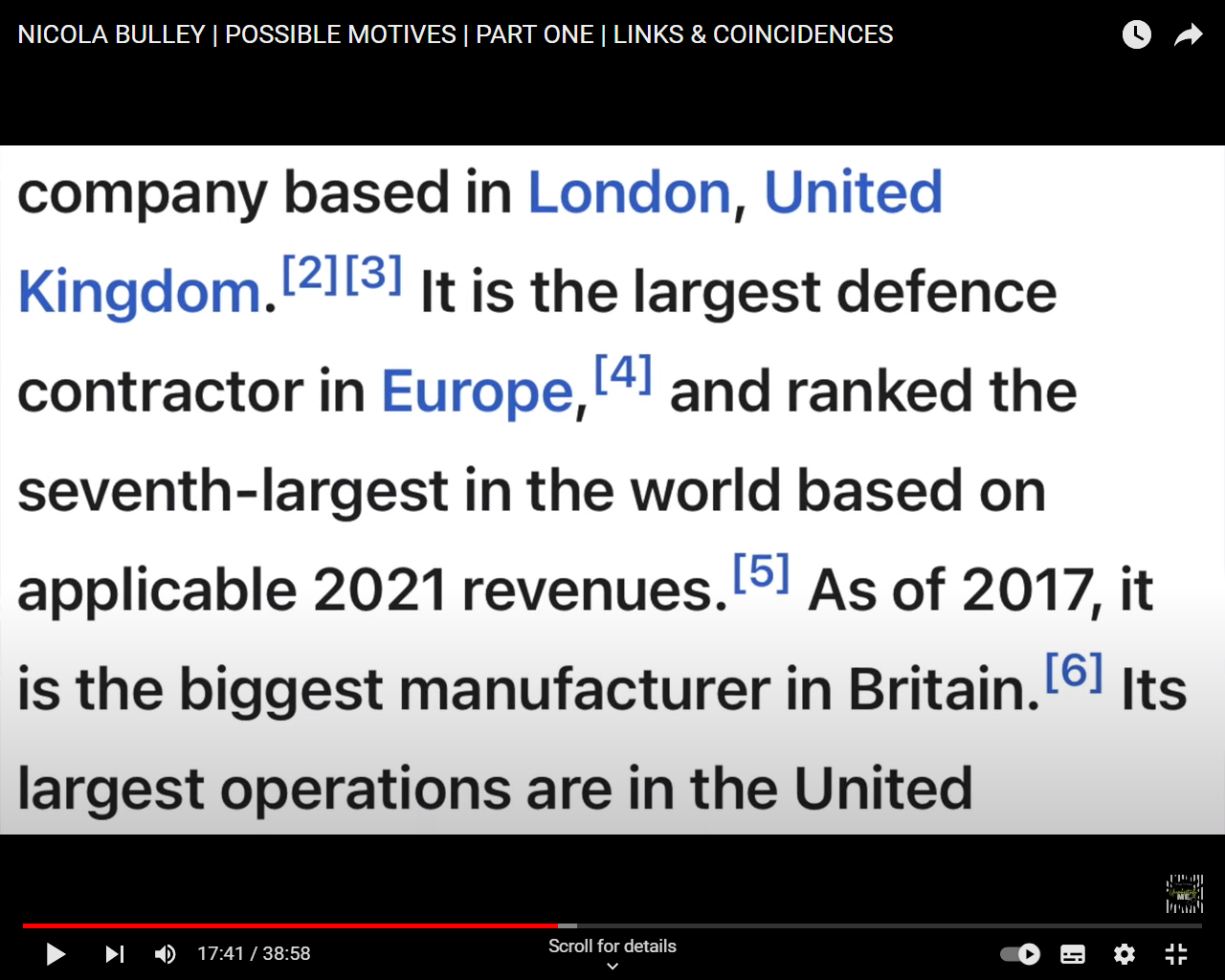





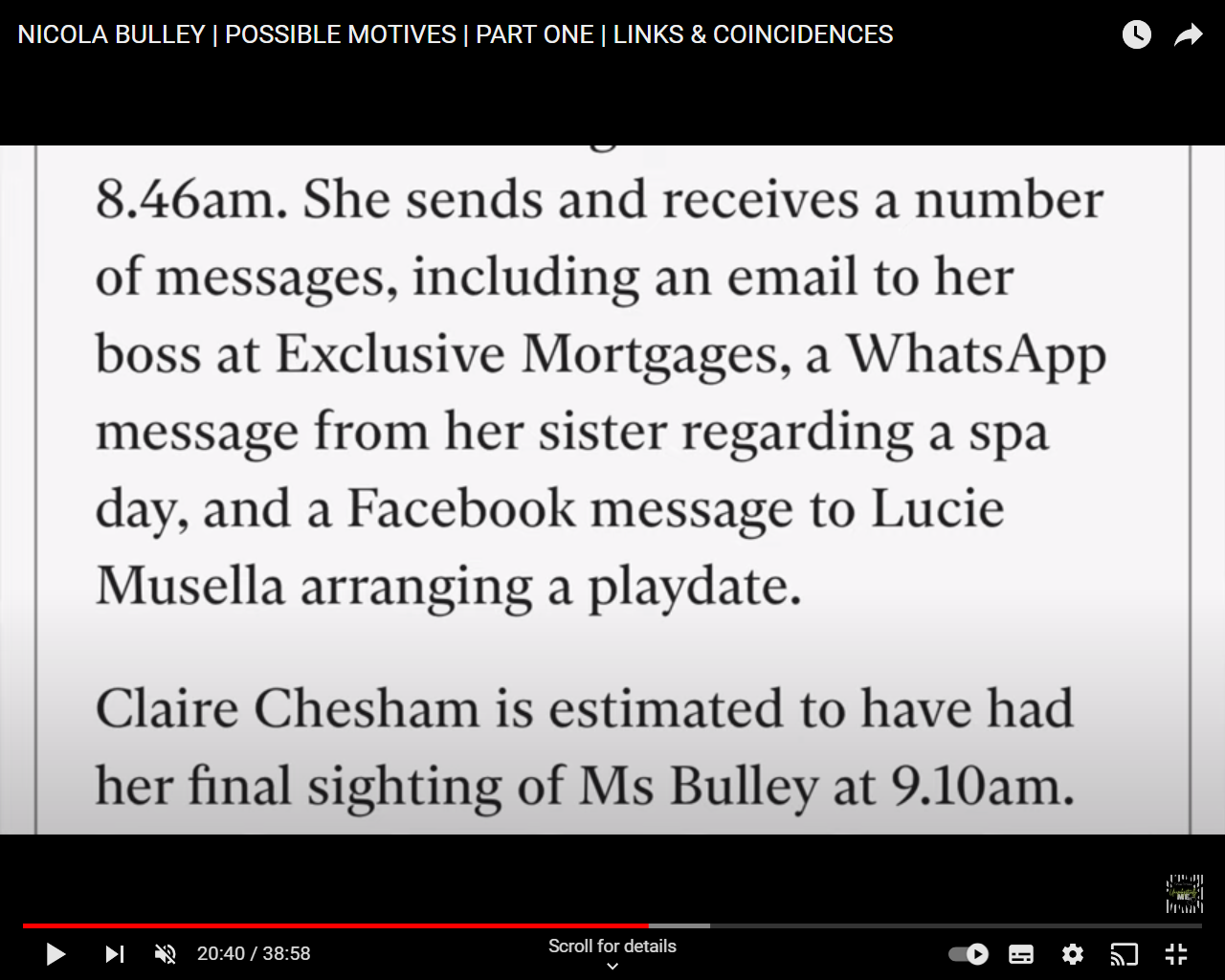





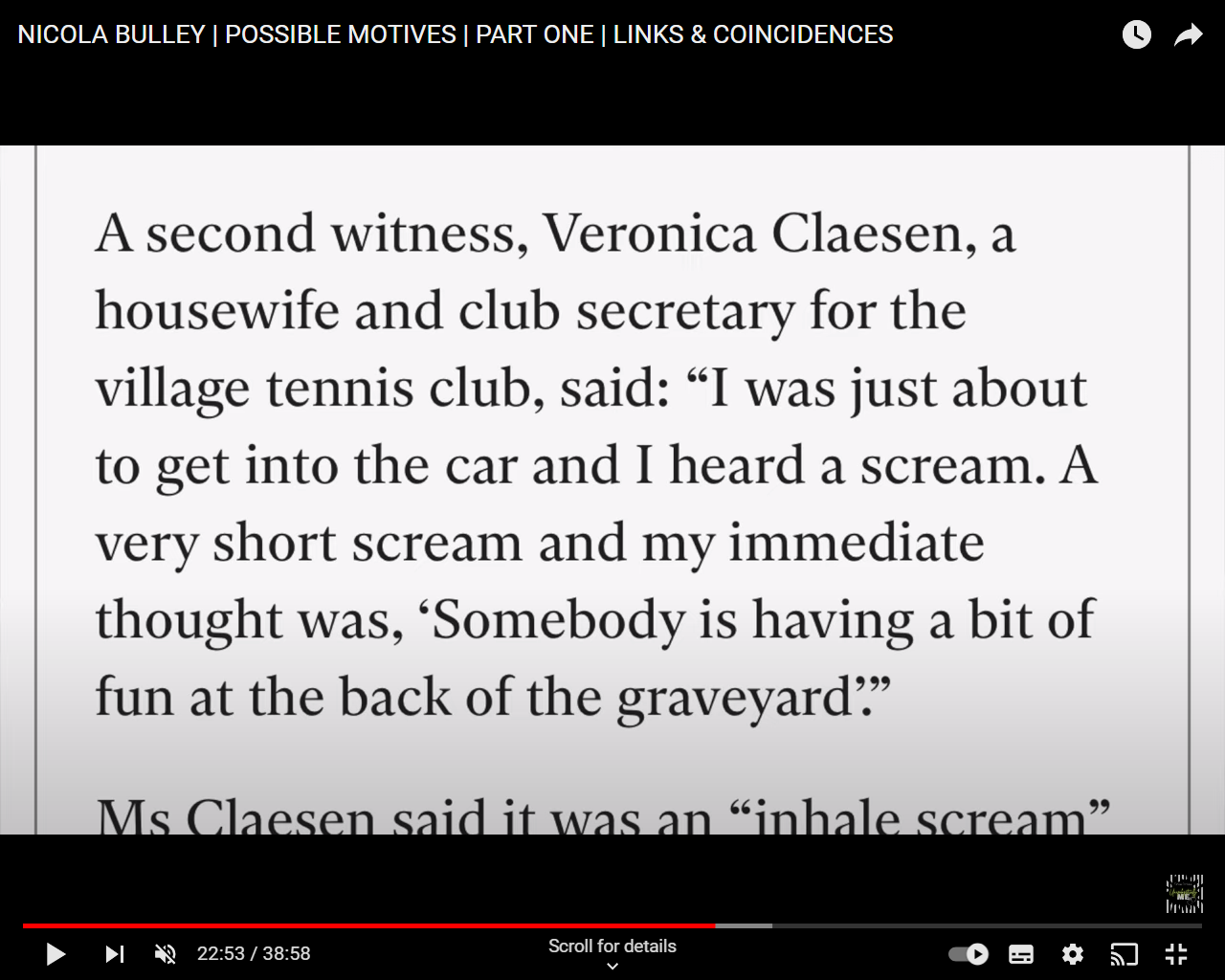


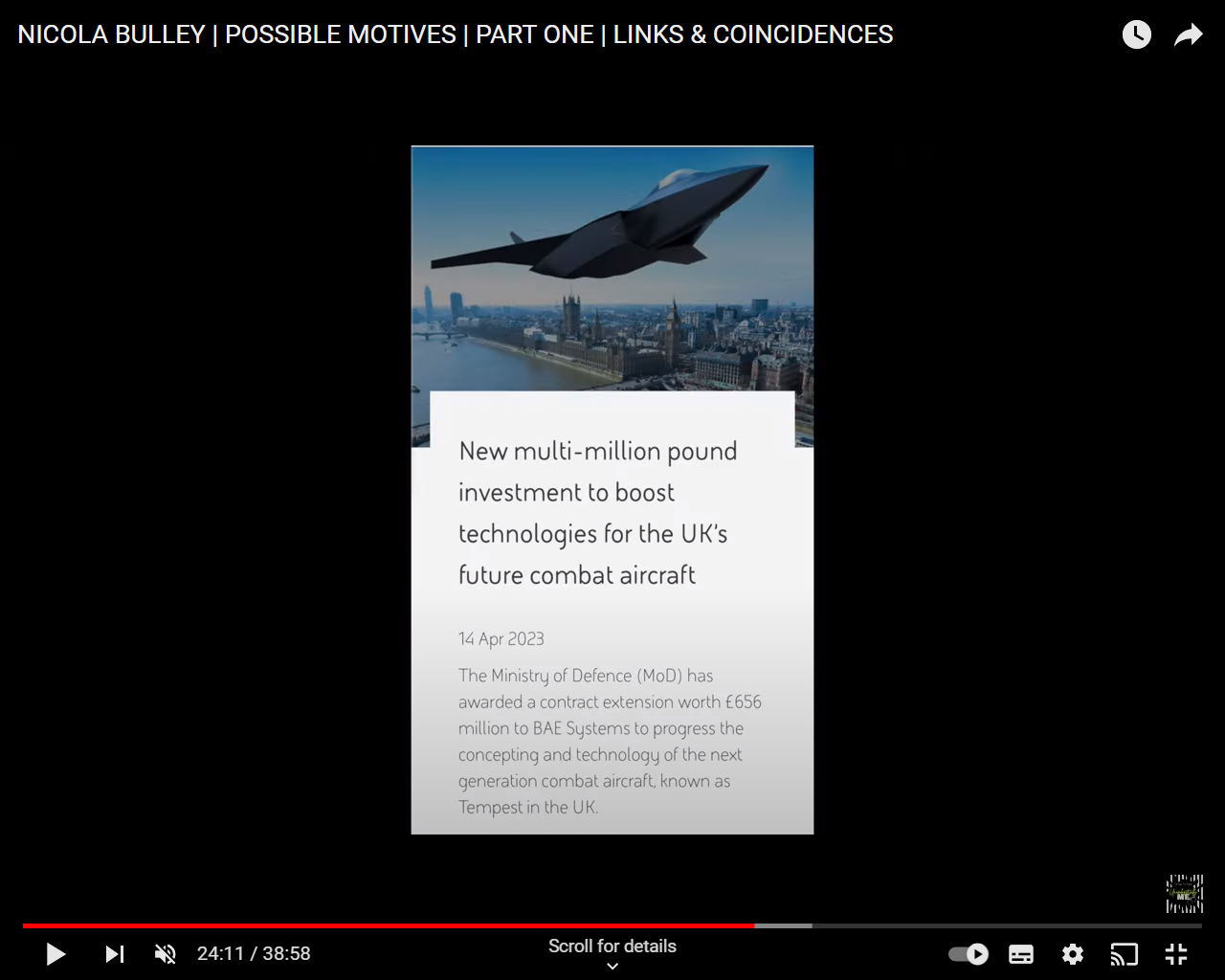
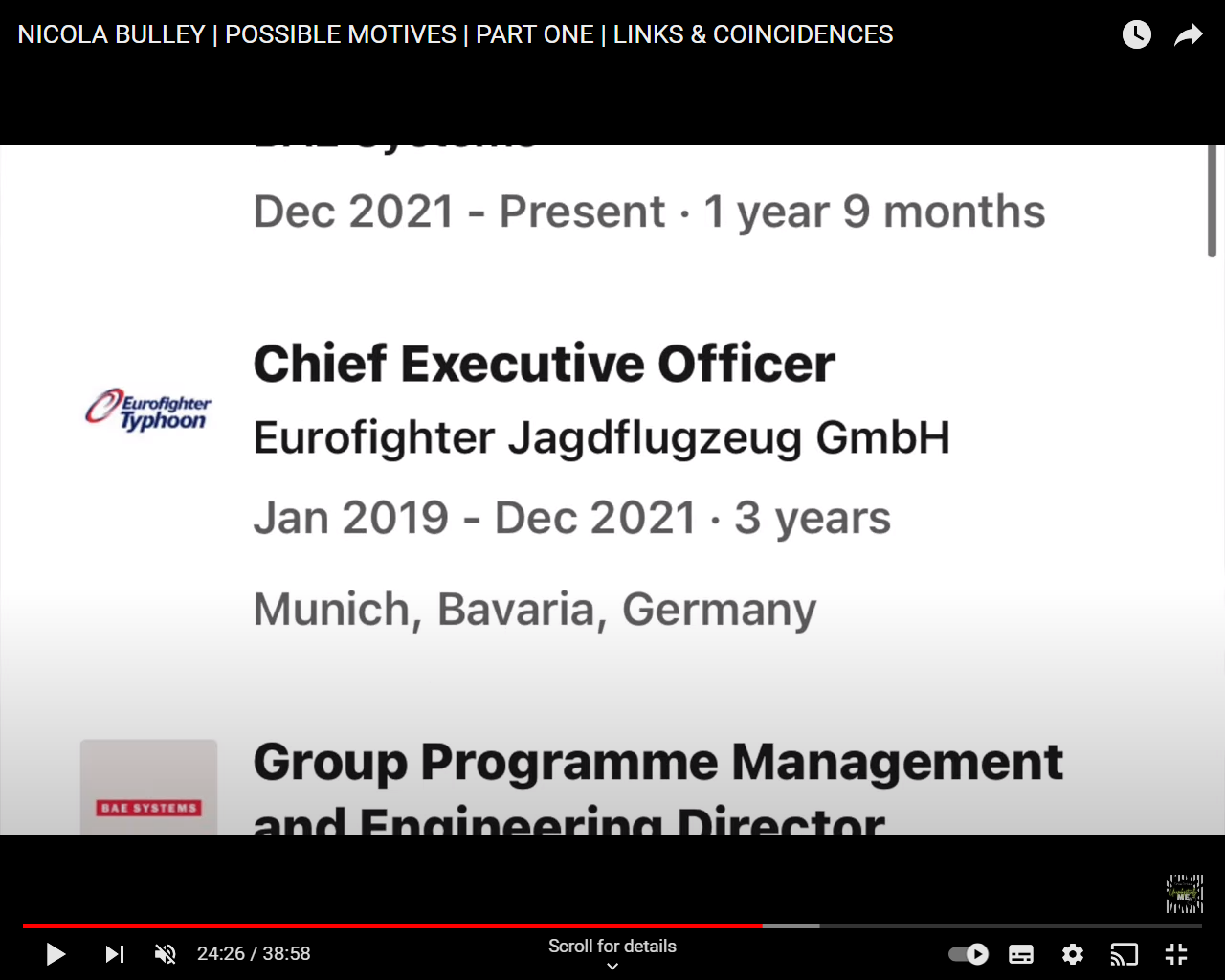



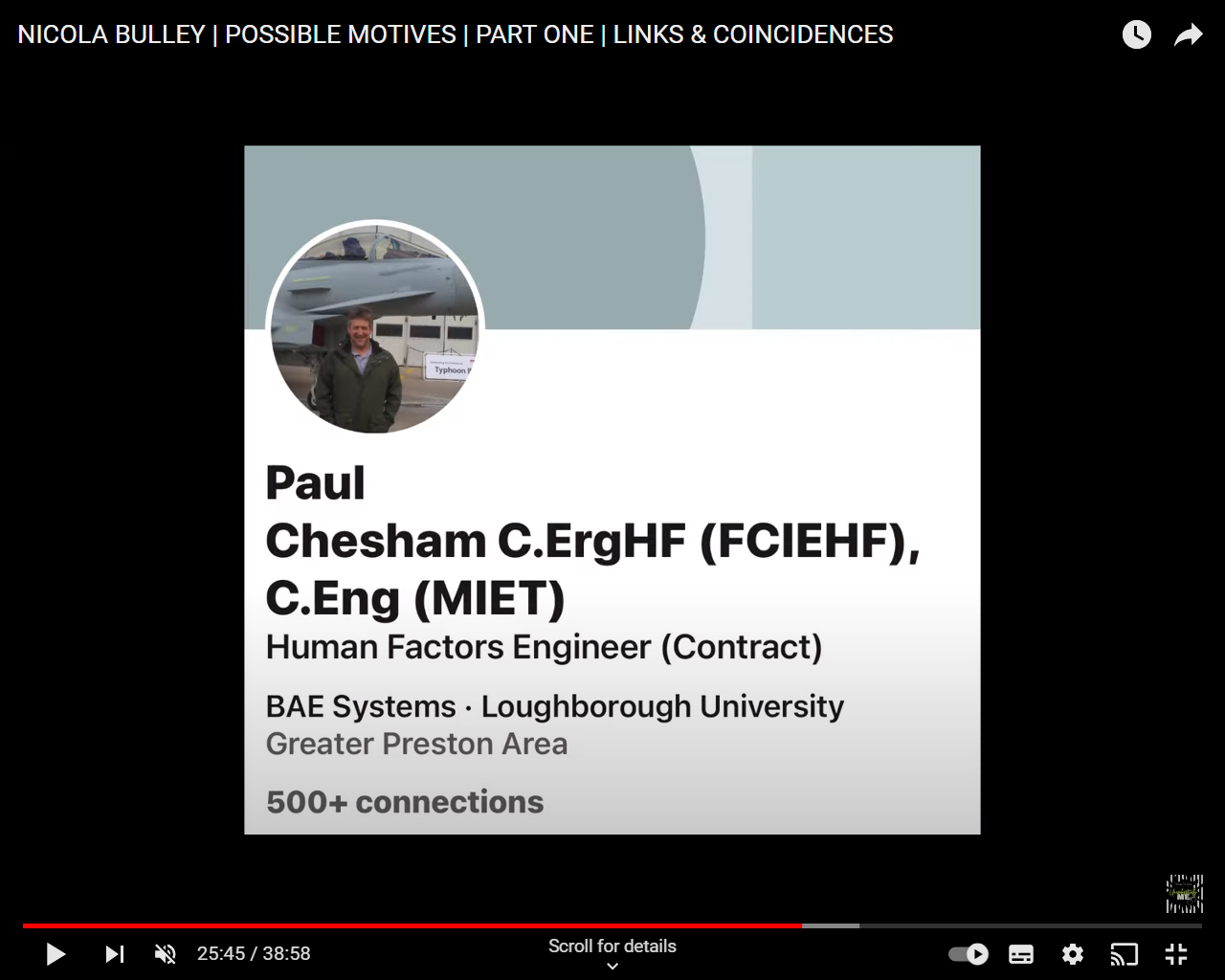


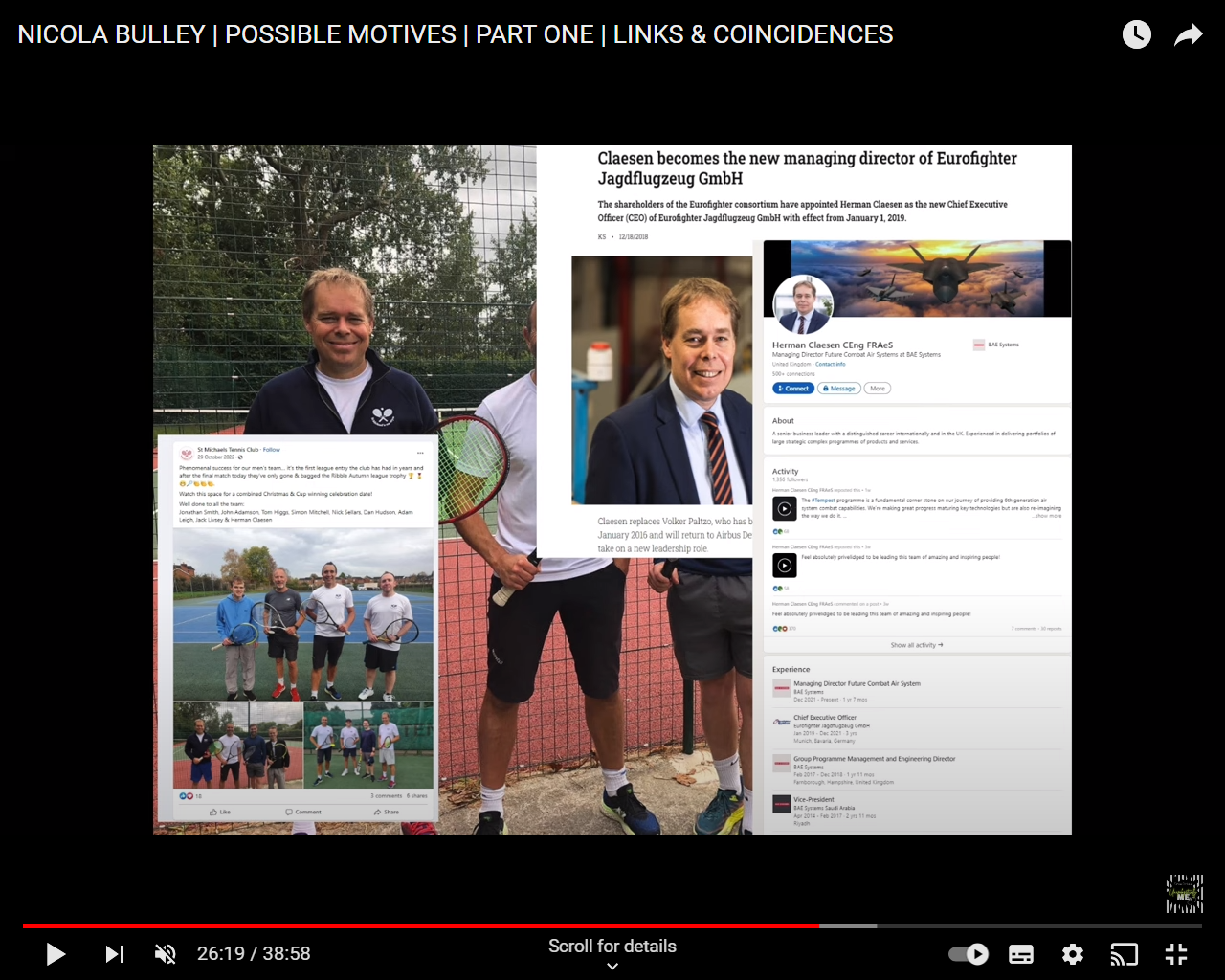










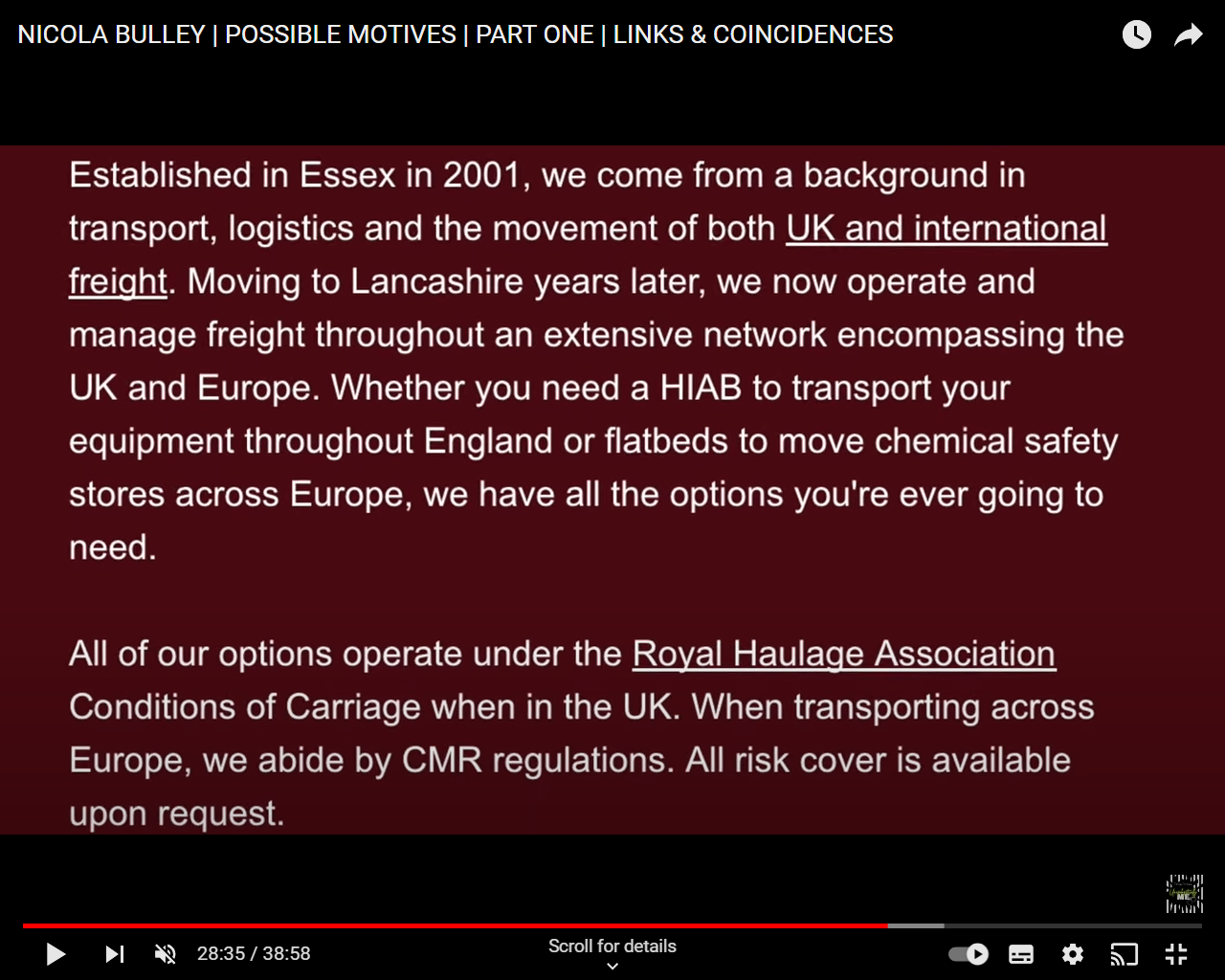

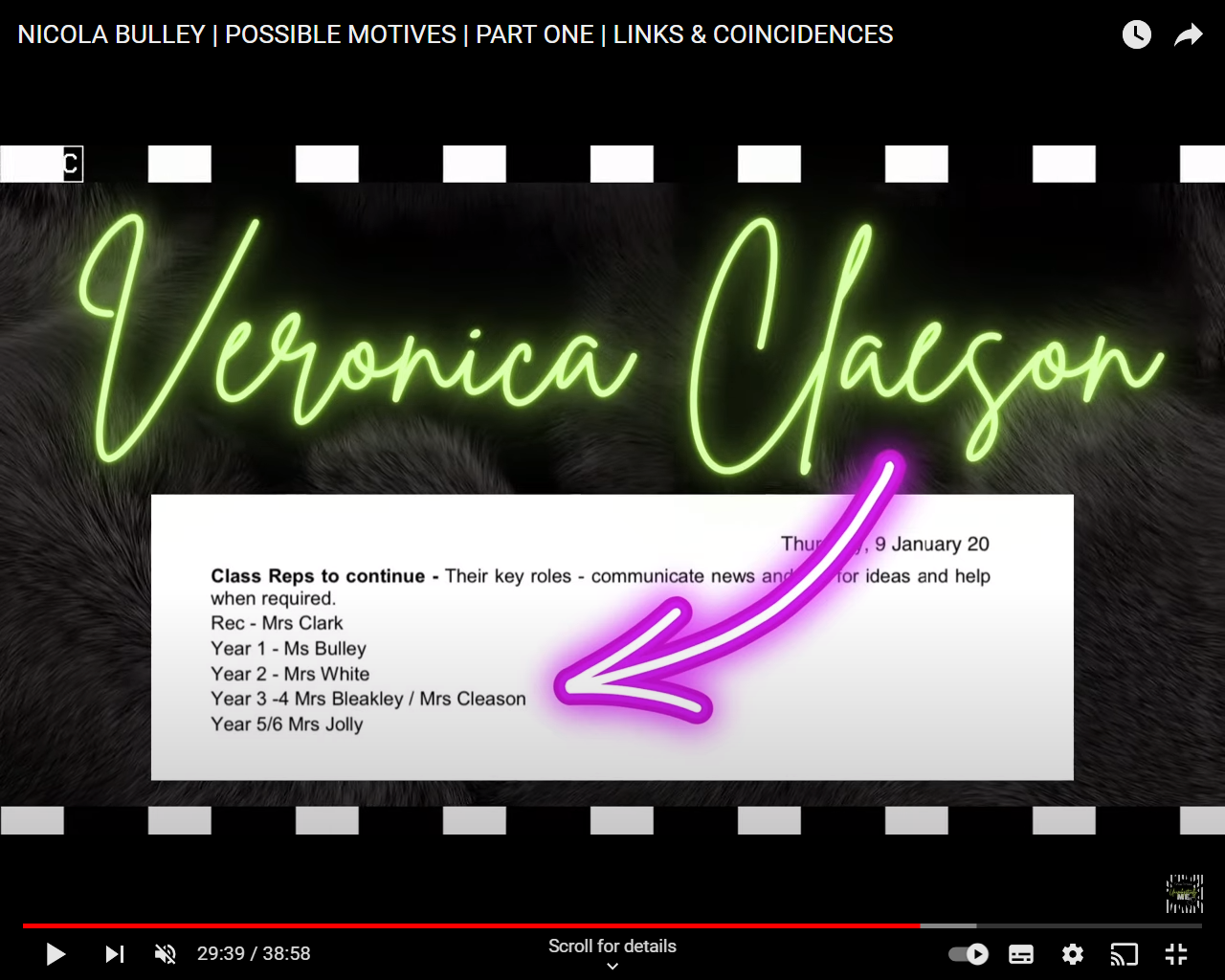


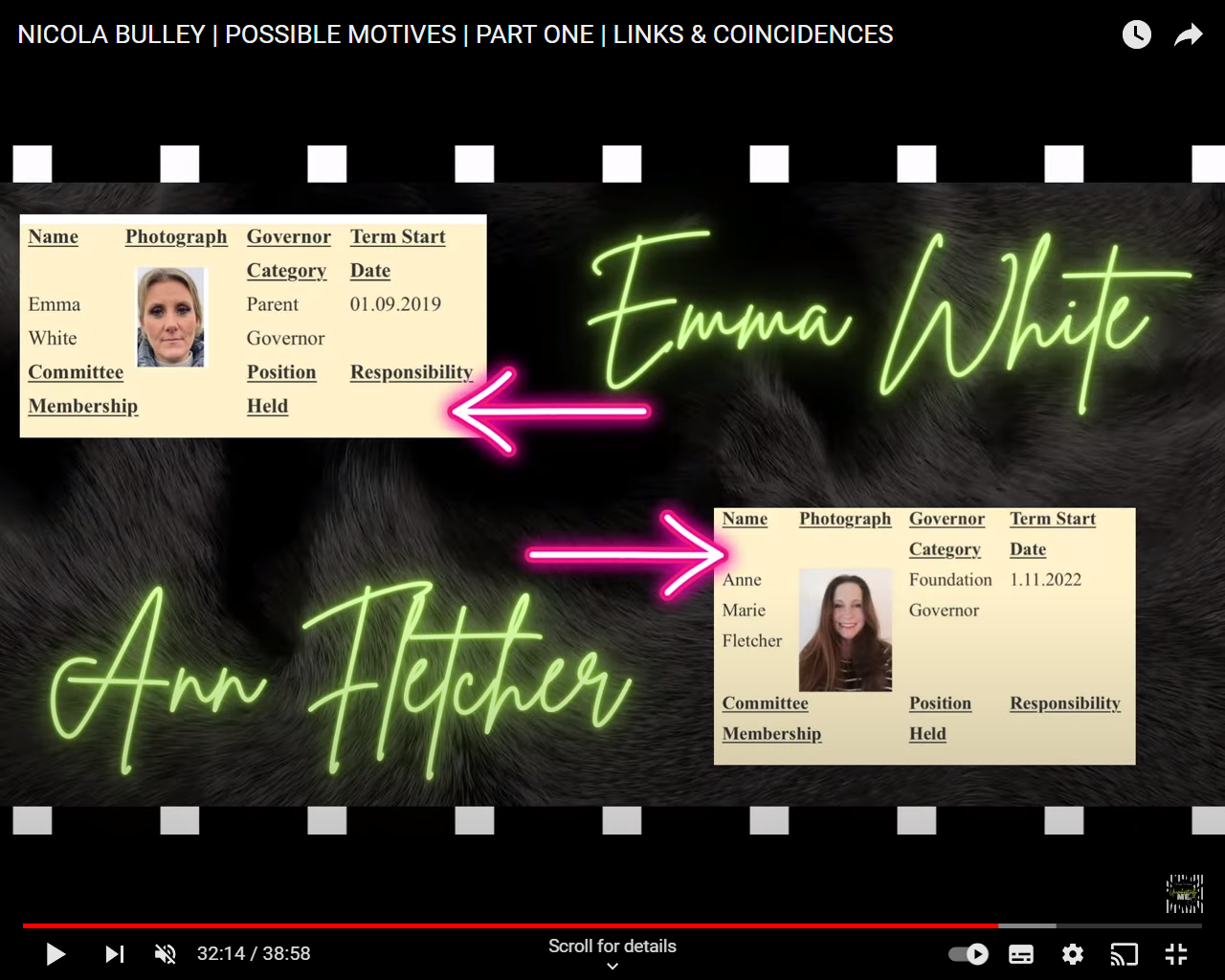

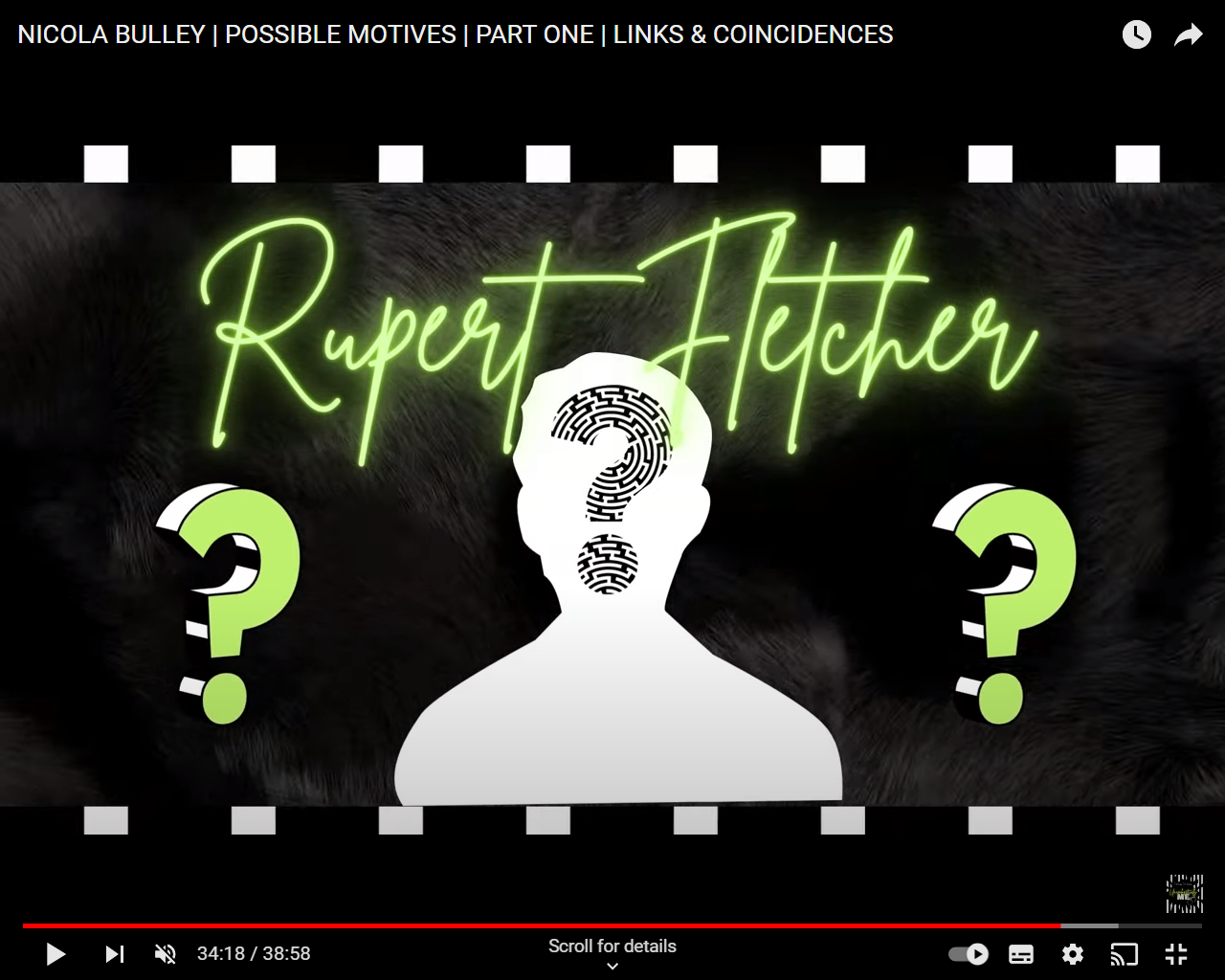
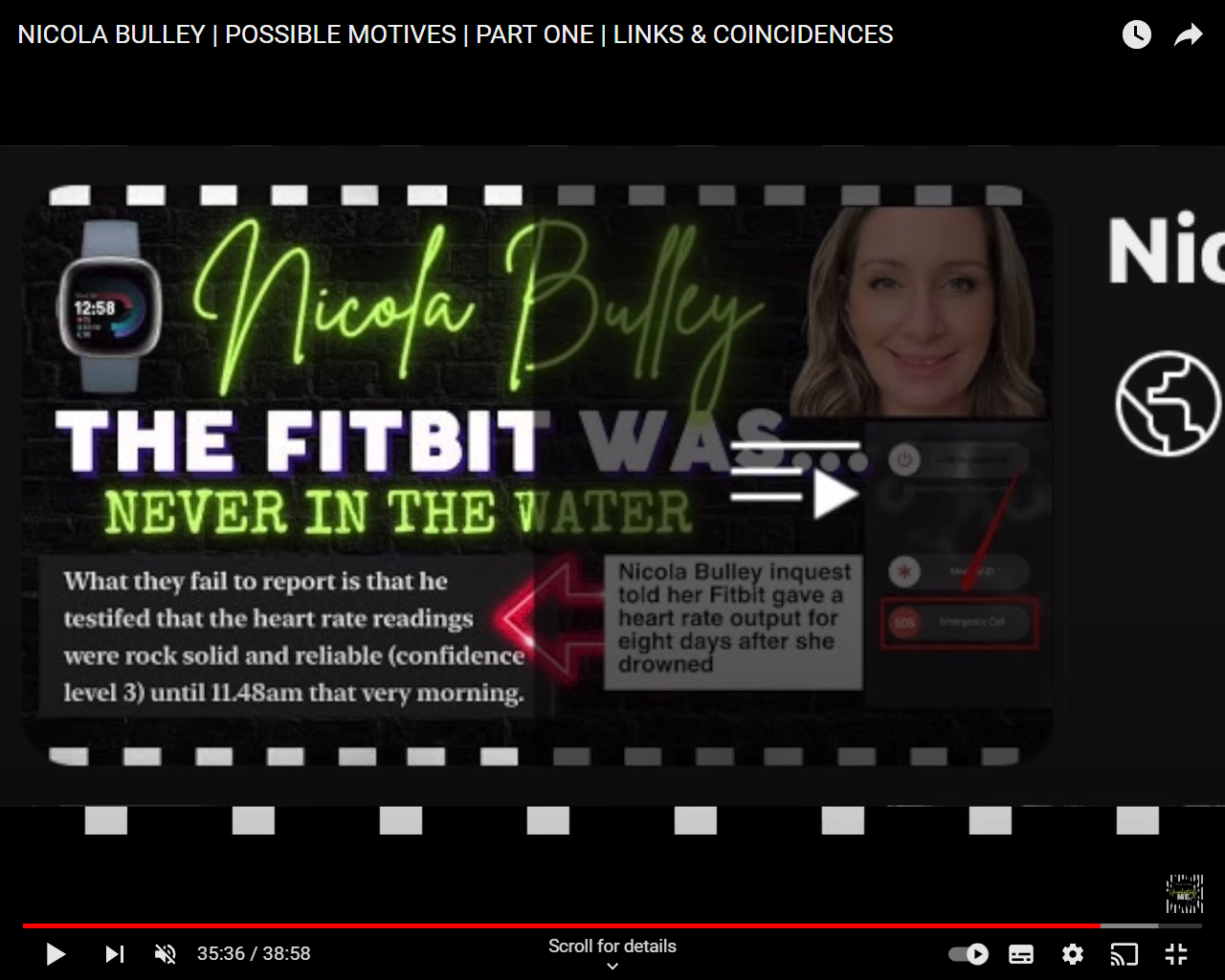






No comments:
Post a Comment
Note: only a member of this blog may post a comment.